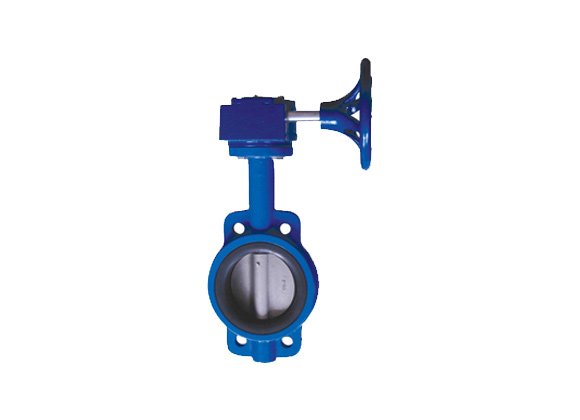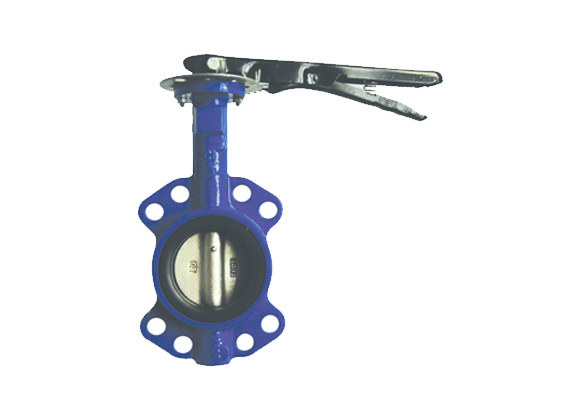Introduction
The Manual Butterfly Valve is a critical component in fluid control systems, offering a reliable and cost-effective solution for regulating the flow of liquids and gases. This article provides an in-depth analysis of its features, advantages, technical specifications, and applications, while also highlighting the expertise of Ningjin Thriveon Valve Co., Ltd., a leading manufacturer in this field. For more information, visit the product page.

Understanding Manual Butterfly Valves
A manual butterfly valve is a type of quarter-turn valve that uses a disc to control flow. It is operated manually via a lever, gear, or handwheel, making it a simple and robust solution for various industrial applications. Unlike pneumatic or electric actuators, manual valves eliminate the need for external power sources, reducing complexity and maintenance costs. For a detailed comparison, refer to the FAQ section.
Key Features and Advantages
1. Simple Structure and Ease of Installation
Manual butterfly valves are designed with a simple structure, making them easy to install and maintain. Their compact design ensures minimal space requirements, while the lever or gear operation allows for straightforward manual control. According to the National Institute of Standards and Technology (NIST), such designs align with industry standards for reliability and efficiency.
2. Durable Materials
The valve's construction uses high-quality materials to ensure longevity and performance. Common materials include:
- Body: Grey Cast Iron, Ductile Cast Iron, Stainless Steel 304/316, Carbon Steel
- Disc: Ductile Cast Iron (Nickel-plated or Nylon coated), Stainless Steel 304/316, Aluminum Bronze
- Stem: Stainless Steel 410/416/304/316
- Seat: EPDM, BUNA-N, PTFE, Viton, Hypalon, Neoprene, Metal Seated
These materials are selected to withstand harsh environments, ensuring the valve's durability under varying pressure and temperature conditions.
3. Versatile Pressure Ratings
Manual butterfly valves are available in multiple pressure ratings, including:
- CLASS 125/150
- PN10/16/25
- 5K/10K/16K
This versatility makes them suitable for a wide range of applications, from low-pressure systems to high-performance industrial settings.
Technical Specifications
| Parameter | Details |
|---|---|
| Material | Grey Cast Iron, Ductile Cast Iron, Stainless Steel 304/316, Carbon Steel |
| Disc Material | Ductile Cast Iron (Nickel-plated/Nylon coated), Stainless Steel 304/316, Aluminum Bronze |
| Stem Material | Stainless Steel 410/416/304/316 |
| Seat Material | EPDM, BUNA-N, PTFE, Viton, Hypalon, Neoprene, Metal Seated |
| Pressure Rating | CLASS 125/150, PN10/16/25, 5K/10K/16K |
| Standards Compliance | API 609, BS5155, MSS SP-67/68, EN593 |
Applications and Industry Use Cases
Manual butterfly valves are widely used in industries where reliable flow control is essential. Key applications include:
- Water Treatment: Regulating water flow in municipal and industrial systems.
- Chemical Processing: Managing corrosive fluids in chemical plants.
- HVAC Systems: Controlling air and coolant flow in heating and cooling systems.
- Oil and Gas: Isolating pipelines in low-pressure environments.
- Power Generation: Managing coolant and steam flow in power plants.
The valve's compliance with international standards such as NIST ensures its suitability for critical applications. For more details on standards, refer to the product specifications.
Installation and Maintenance Guidelines
Proper installation is crucial for the optimal performance of manual butterfly valves. Follow these steps:
- Flange Preparation: Ensure flanges are spaced to allow the valve to pass easily, with the disc in a half-opened position.
- Gasket Installation: Avoid fitting gaskets between flanges to prevent misalignment.
- Bolt Placement: Insert all bolts with the disc in a half-opened position, but do not tighten the nuts yet.
- Final Adjustment: Open the valve fully to verify pipeline alignment, then tighten the nuts securely.
Regular maintenance, including lubrication of the stem and inspection of the seat, ensures long-term reliability. For detailed instructions, consult the installation guide.
About Ningjin Thriveon Valve Co., Ltd.
Ningjin Thriveon Valve Co., Ltd. is a leading manufacturer of industrial valves, specializing in manual butterfly valves and other fluid control solutions. With a commitment to quality and innovation, the company adheres to international standards to deliver products that meet the demands of diverse industries. For more information about their services, visit the company page.
FAQ: Manual Butterfly Valve
Q1: What is a Manual Butterfly Valve?
A manual butterfly valve is a type of valve operated manually using a lever or gear. It is commonly used in applications where automated control is unnecessary. For more details, visit the product page.
Q2: What are the Advantages of Manual Butterfly Valves?
Manual butterfly valves are easy to install, have a simple structure, and are lightweight. They are cost-effective and require minimal maintenance, making them ideal for a wide range of applications.
Conclusion
The Manual Butterfly Valve is a versatile and reliable solution for fluid control systems. Its simple design, durable materials, and compliance with international standards make it a preferred choice across industries. By partnering with Ningjin Thriveon Valve Co., Ltd., users can ensure access to high-quality products that meet their specific needs. For further information, explore the product page or contact the company directly.
References
National Institute of Standards and Technology (NIST). (n.d.). Driving Innovation. Retrieved from https://www.nist.gov/




 Call us on:
Call us on:
 Email Us:
Email Us:
 South of Huanmadian Village Town, Ningjin County, Xingtai, Hebei Province, China
South of Huanmadian Village Town, Ningjin County, Xingtai, Hebei Province, China